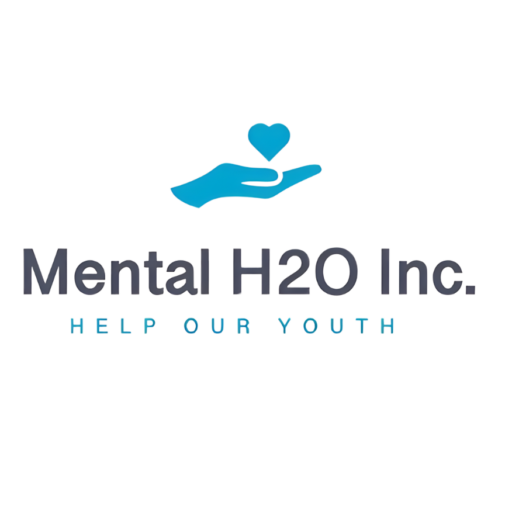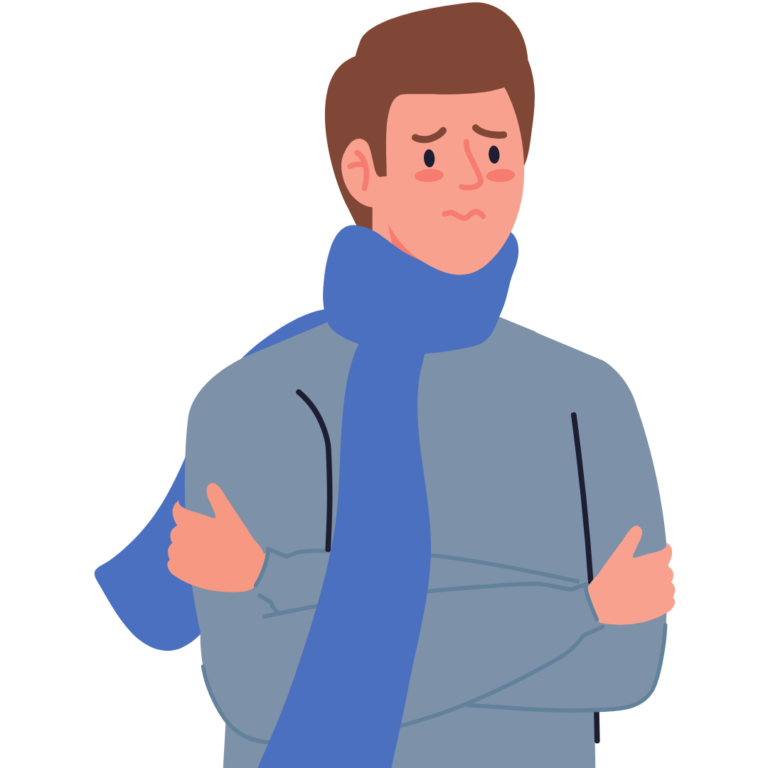Seasonal affective disorder, also known as SAD, is a type of depression. More specifically, this disorder happens during certain seasons of the year, most often during fall or winter. It is thought that shorter days and less daylight might have the potential to set off a chemical change in the brain, leading to symptoms of depression (Johns Hopkins Medicine).
The theory behind SAD is that a lack of sunlight might prevent a part of the brain, the hypothalamus, from working properly. This ends up affecting the production of melatonin (melatonin is a hormone that makes you feel sleepy). In people with SAD, the body may produce a higher level of melatonin than normal (NHS).
SAD generally begins during adulthood. The risk of developing SAD increases with age. It is much more rare to see SAD in people younger than twenty. In addition, women are more affected than men.
There are two types of seasonal affective disorder (Johns Hopkins Medicine):
- Fall-onset: this type is also known as “winter depression.” These symptoms of depression begin around the late fall season and continue through the winter months. They ease during the spring/summer months.
- Spring-onset: this type is also known as “summer depression.” This type is much less common than fall-onset and these symptoms of depression begin in late spring to early summer.
The following list lists some of the most common symptoms of SAD (Johns Hopkins Medicine):
- Increased sleep
- daytime drowsiness
- Loss of interest and pleasure in activities formerly enjoyed
- Social withdrawal
- Increased sensitivity to rejection
- Grouchiness
- Anxiety
- Feelings of guilt and hopelessness
- Excessive tiredness (fatigue)
- Decreased ability to focus
- Trouble thinking clearly
- Increased appetite (sweets and carbohydrates)
- Weight gain
- Physical problems
Though SAD might seem like an incurable sickness, there are several cognitive and medical approaches proven to help lessen the effects of SAD:
- Lifestyle measures: getting as much natural sunlight as possible, exercising regularly, and managing your stress levels
- Light therapy: use a special lamp called a light box to simulate exposure to sunlight
- Talking therapies: such as cognitive behavioral therapy or counselling
- Antidepressant medicine: such as selective serotonin reuptake inhibitors (SSRIs)
Other than medical treatments for SAD, there are things you can do to ease the symptoms:
- Get help: this is most likely one of the most important realizations you have to make; if you truly believe that you might be depressed, see a healthcare provider as quickly as possible
- Set realistic goals in light of depression: don’t take on too much, break larger, more daunting tasks into small steps, set priorities, and do what you can without it taking too much of a toll on your mental health
- Confide in someone: whether it be a family member or your friend, it is better to confide in someone than be alone and secretive
- Do things that make you feel better: going to a movie, gardening, or taking part in religious, social, or other activities may help; doing something nice for someone else can also help you feel better
- Exercise: make sure to get regular exercise
- Meals: eat healthy, well-balanced meals
- Decision-making: delay big decisions until the depression has lifted; don’t make a big change right away such as getting a new job, a tattoo, getting married or getting divorced; talk it over with others you know well
- Patience: try to be patient and focus on the positives; this might help you replace the negative thinking that is part of SAD
Cites:
- https://www.hopkinsmedicine.org/health/conditions-and-diseases/seasonal-affective-disorder#:~:text=Seasonal%20affective%20disorder%20(SAD)%20is,antidepressants%20can%20help%20treat%20SAD
- https://www.nhs.uk/mental-health/conditions/seasonal-affective-disorder-sad/overview/#:~:text=The%20main%20theory%20is%20that,in%20higher%20than%20normal%20levels
Written By: Siri Munnuluri, Mental H2O Youth Resource Writer


